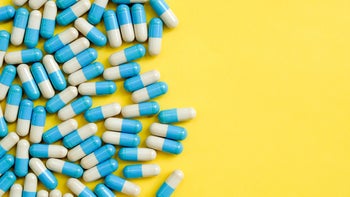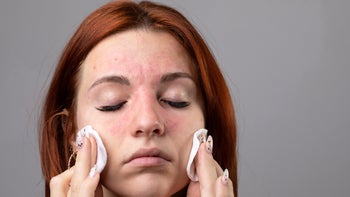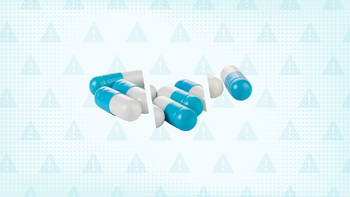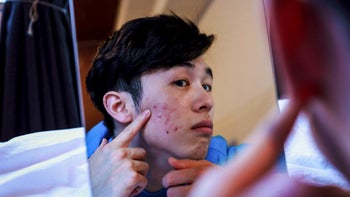
Can Dairy Cause Acne?
Key takeaways:
Acne occurs when sebum oil and dead skin cells clog a pore, allowing bacteria in the pore to multiply.
Some studies show that cow’s milk may worsen breakouts — possibly due to the hormones in dairy.
Along with good skin care habits, giving up dairy may help improve skin for some people, but you need to make sure you’re getting enough calcium and vitamin D from other foods.
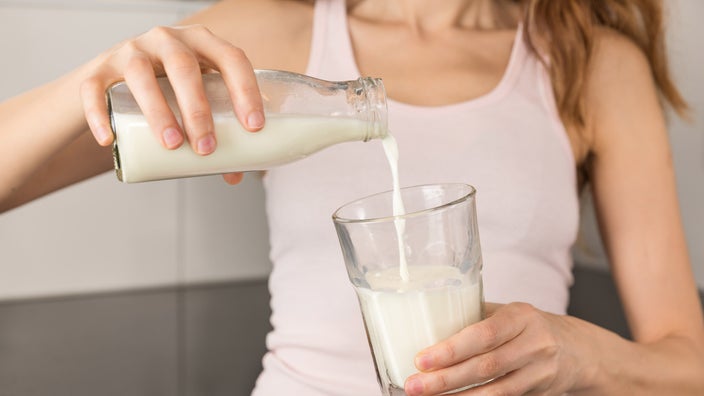
You might associate acne with puberty, but people of all ages can have acne. This skin condition is generally the result of clogged pores. The oil on your skin (sebum oil) combines with dead skin cells, which may plug up the pore and lead to a pimple.
But acne is also inflammatory. The combination of sebum oil and dead skin cells creates an environment where bacteria may thrive. The bacteria (called Cutibacterium acnes, or C. acnes) multiply in the clogged pore, creating inflammation. This is what makes a pimple red and swollen.
So, how does your diet play a role? Researchers have found many potential links between what you eat and the pimples on your skin, but the answer is complex.
Search and compare options
What’s the link between dairy and acne?
Acne is the result of several factors:
Hormones
Genetics
Skin type
Environment
Other health conditions
Researchers are still learning the exact role of diet in acne, but it is clear that diet may influence the severity of your acne in some way. No individual food appears to “cause” acne, but certain types of foods may worsen your breakouts — and this may be true for dairy.
A 2019 study ranked the severity of acne in individuals and then grouped them together based on how much cow’s milk they drank. In this study, the group who drank the most milk had the highest occurrence of acne.
Why does dairy lead to more breakouts or make symptoms worse?
The exact role that dairy plays in acne is still unclear. In general, dairy may contribute to inflammation in the body, which may lead to clogged pores.
One theory is that cow’s milk contains certain hormones called androgens that may be inflammatory. Androgens can stimulate androgen receptors in your body’s cells. This may then trigger those cells to produce more sebum oil. Extra sebum oil may then combine with dead skin cells to trigger breakouts.
Another possible factor is that cow’s milk may increase the activity of insulin-like growth factor 1 (IGF-1), a hormone found naturally in your body. This may lead to more production of sebum oil, a risk factor for acne. IGF-1 activity is also higher during puberty, which contributes to increased acne during that time period.
What other foods may affect acne?
Other inflammatory foods that may worsen acne include foods with a high glycemic load. This refers to foods high in sugars and other carbohydrates but low in fiber. The body quickly digests these foods, and they lead to a fast rise in blood sugar. These high-glycemic foods may also affect IGF-1, leading to increased production of sebum oil and more breakouts.
Examples of high-glycemic foods include:
White bread
Candy
Desserts, pastries, cookies, and cakes
Sugar-sweetened beverages
Pretzels and crackers
Do different types of dairy affect acne in different ways?
Whole milk, low-fat milk, and skim milk appear to affect acne in similar ways.
In the earlier mentioned study on cow’s milk and acne occurrence, the researchers found a link between drinking any type of cow’s milk and acne severity. However, they did not find a significant link between the occurrence of acne and the intake of yogurt and cheese.
On the other hand, a meta-analysis from 2018 did find a link between breakouts and yogurt and cheese. The researchers warned to interpret the results with caution due to limitations and biases throughout the studies.
Currently, the American Academy of Dermatology states that no studies have found that yogurt and cheese contribute to acne breakouts.
Is it worth giving up dairy if you have problems with acne?
Researchers know that what you eat and drink may worsen your breakouts. For some people, giving up dairy may be worth it if it reduces their breakouts and improves their self-esteem.
It’s possible to have a healthy diet without cow’s milk, as long as you make sure you’re getting enough calcium and vitamin D from other sources. This includes canned salmon and tuna, fortified cereals, fortified nondairy milk, and dark leafy greens. A registered dietitian can help you make sure you’re eating a healthy diet while cutting out dairy.
That said, diet alone is usually not enough to achieve clearer skin. Healthy skin also requires good skin care habits, such as:
Using a gentle cleanser twice a day
Washing with clean hands instead of a harsh washcloth
Not sharing makeup products with others
Applying an acne-friendly moisturizer to dry skin
Some people may also need medications or special treatments for their acne. A dermatologist may help you find the right treatment plan for your acne based on individual factors.
The bottom line
Acne is complex, and it’s generally a good idea to work with a dermatologist if you are struggling to get clear skin.
Cow’s milk may worsen your breakouts, but the science is still mixed. Some people find that their skin improves when they stop drinking cow’s milk. This can be safe and healthy as long as you find other food sources of calcium and vitamin D.
Why trust our experts?



References
Aghasi, M., et al. (2019). Dairy intake and acne development: A meta-analysis of observational studies. Clinical Nutrition.
American Academy of Dermatology Association. (n.d.). 10 skin care habits that can worsen acne.
American Academy of Dermatology Association. (n.d.). Acne: Diagnosis and treatment.
American Academy of Dermatology Association. (n.d.). Can the right diet get rid of acne?.
Danby, F. W. (2010). Nutrition and acne. Clinics in Dermatology.
Danby, F. W. (2011). Acne: Diet and acnegenesis. Indian Dermatology Online Journal.
Ellis, E. Academy of Nutrition and Dietetics. (2019). What is glycemic index?. Academy of Nutrition and Dietetics
Johnson, A., et al. Academy of Nutrition and Dietetics. (2022). Dairy alternatives for kids who won’t — or can’t — drink milk. Academy of Nutrition and Dietetics
Juhl, C. R., et al. (2018). Dairy intake and acne vulgaris: A systematic review and meta-analysis of 78,529 children, adolescents, and young adults. Nutrients.
Lee, Y. B., et al. (2019). Potential role of the microbiome in acne: A comprehensive review. Journal of Clinical Medicine.
Melnik, B. C. (2015). Linking diet to acne metabolomics, inflammation, and comedogenesis: An update. Clinical, Cosmetic and Investigational Dermatology.
Melnik, B. C. (2009). Role of insulin, insulin-like growth factor-1 hyperglycaemic food and milk consumption in the pathogenesis of acne vulgaris. Clinical, Cosmetic, and Investigational Dermatology.
National Institute of Arthritis and Musculoskeletal and Skin Diseases. (2020). Acne.
National Institutes of Health: Office of Dietary Supplements. (2022). Calcium.


